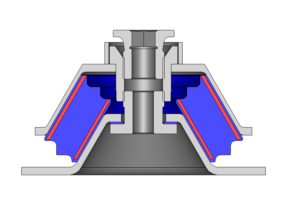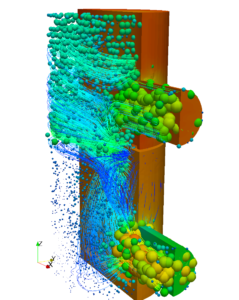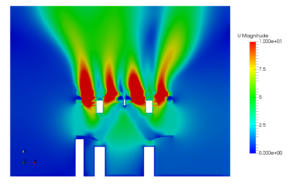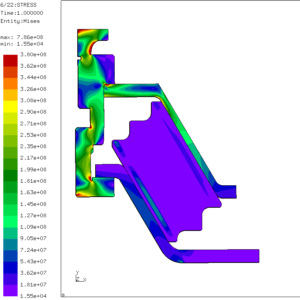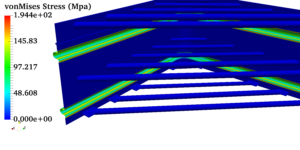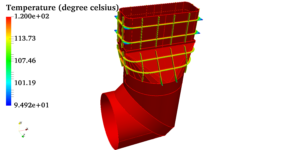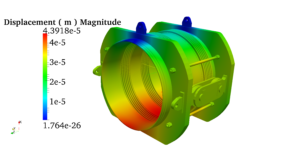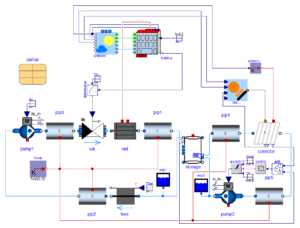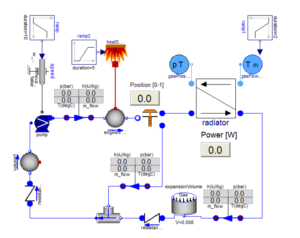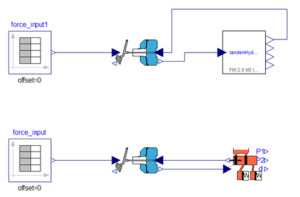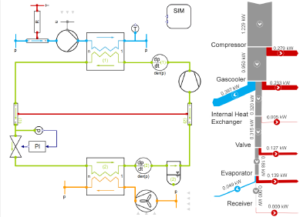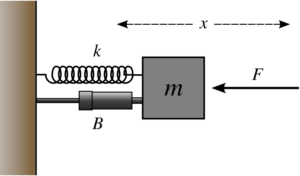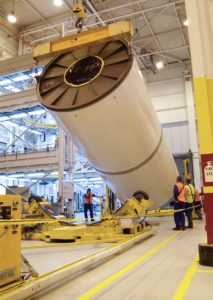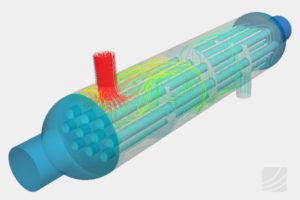CFD & prototyping for product development
CFD & Prototyping for Product Development

Prototyping is the process of making a sample of product for evaluation of it’s performance. CFD complements prototyping. CFD simulations can be performed on a lot of proposed product variants. Based on results obtained from CFD, an improvised product can be finalized for prototyping. For example, a heat exchanger manufacturer can use CFD after preliminary design to improve effectiveness of heat exchanger. The output design of CFD is manufactured and a validation study is done. Once experiments give similar output as CFD. The improvised product can be taken to manufacturing. Both prototyping and CFD should be used for product evaluation. The advantage with CFD is saving time and cost compared to prototyping.
Time & money matters…
In prototype method, physical prototype test are required to finalize the product design. To ensure that the prototype performs well in the test, lot of materials and resources are required. Furthermore, these tests are validated by trial and error method leading to excessive lead time and time to market the product. So, on the whole increase the cost and time for prototyping and restricting engineers to apply further innovations. This is where the CFD comes handy. CFD was not considered an option in earlier days as it was looked upon as an expensive tool but nowadays due to reducing cost and advancement in computational field, it has become the best option for product manufacturers to virtually analyze their product design with optimal resource usage and lead time. Today, cfd is available to any product design that involves fluid flow or heat transfer and allows engineers to explore alternatives to design virtually. Furthermore, engineers are able to capture regions that need greater attention.
Additional delight for the CFD user is the availability of open source CFD software. Open source software is computer software that is provided under a software license that permits user to use, change and improve the software. Over the years, the documentation, support and reliability of open-source have evolved a lot to be used as a dependable alternative.


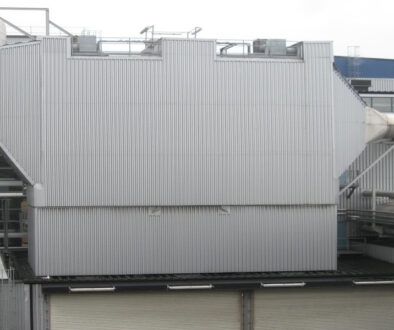
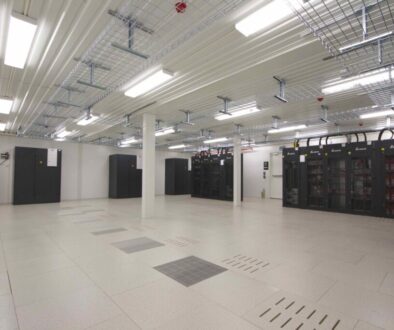


 Pressure vessels, pipes, expansion joints etc. are basic equipments for process industries. Pressure vessels are vessels working under internal, external or vacuum pressure, and possibly subjected to high temperature. Proper design and analysis is very important for the pressure vessels, as their failure can cause lot of hazards. Codes/ standards are used in the design phase, followed by analysis to ascertain stresses are within the allowable range. ASME provides wide range of guidelines for the proper design of such vessels.
Pressure vessels, pipes, expansion joints etc. are basic equipments for process industries. Pressure vessels are vessels working under internal, external or vacuum pressure, and possibly subjected to high temperature. Proper design and analysis is very important for the pressure vessels, as their failure can cause lot of hazards. Codes/ standards are used in the design phase, followed by analysis to ascertain stresses are within the allowable range. ASME provides wide range of guidelines for the proper design of such vessels.